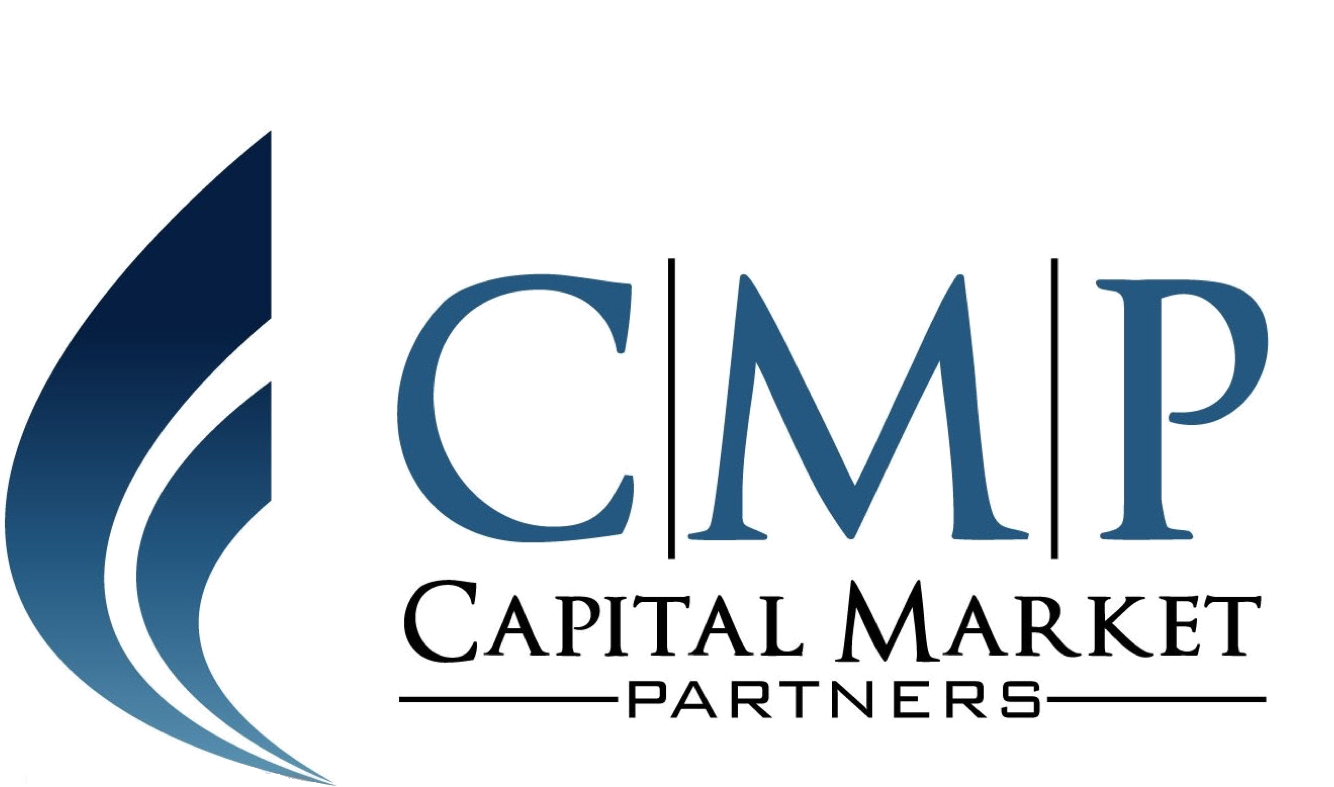7 Key Takeaways in Fintechgration – Implementing a Fintech Solution
We see a development within the financial sector and in the capital market – a development driven by technologies and developed by an increasing number of FinTech startups. For established financial institutions, this means that they are looking at a new landscape where partnerships and integration are getting a whole new meaning. This will bring on new challenges for both sides. In this post we give a you seven key takeaways from the FinTech side and from the process of implementing a FinTech solution.
By Kenneth Ullmann Eenholt, Manager & Varan Pathmanathan, Sales Manager | August 17th, 2018

1. Clarify the Business Case

To begin with it’s all about clarifying the business case with the potential partner. To find a partner is not difficult but finding the right one is complicated.
From the beginning you need to clarify each other’s business model and the possibly associated synergies. In addition, you have to focus on:
- The size and complexity of the chosen financial institution
- The financial robustness
- Geographical conditions and image
Keep in mind that the business case is not only about, what you as a FinTech company can provide end clients, but also what the FinTech company can give the financial institution and vice versa. Here the primary factors are professional skills, technology and brand value.
SEE ALSO: #Fintechgration Is Coming
2. Reconciliation of Expectations “What’s in it for me”
When the legal agreement is in place, the economy behind it is significant.
This is especially about clarifying how revenues and costs should be divided into operations, but also how costs should be placed in the development phase – it is EXPENSIVE!
Therefore, partial ownership may be preferable if liquidity is low, if capital is not an issue sole ownership can potentially mean bigger earnings in the long run.
Keep in mind that many institutes are looking for a FinTech solution, where the opportunity to join the FinTech wave is payment in itself. Furthermore, time is of the essence, so clarify whether it is a short- or long-term goal you are working towards.
3. Respect Each Other’s Differences and Mindsets

An institution is highly regulated, and it is difficult for an outsider to understand the complexity that rules.
An institution has risk management encoded in its DNA, which makes it likely that the institution sees more limitations than possibilities. The Board, the audit, the FSA and legislation lead the way for which regulatory demands that need to be met – where an agile FinTech world can be difficult to fit in.
However, institutions need a future player like a startup, as the market and technology demand your solutions. The two worlds that meet are bound in different cultures, so it is necessary to spend time learning and understanding each other’s mindset.
4. Incorporation in Management and Operations

When the legal formalities are in place, key persons from both parties must be appointed.
Each key person must be part of the top management and have the authority to make the necessary decisions under the given circumstances. The key persons need to have a dedicated project manager, who can drive the process – the operational execution is important.
Often, the process can be stopped by daily operations, which can be the beginning of a conflict in the collaboration.
5. The FSA

As mentioned earlier, the Danish banks are heavily regulated by the Danish FSA. This means, that there are high demands to which business model the bank is operating under, and what kind of risk the institution is willing to take on.
Therefore, it is important, that there are no possible conflicts with the FSA, caused by a changed risk profile in the institution due to the FinTech solution.
At the introduction of new products or IT solutions a dialogue with the risk and compliance responsible, as well as the management, must be initiated. The dialogue may result in an inquiry into the FSA – or vice versa, where reputation, economy and regulation can come into play.
SEE ALSO: We believe in partnerships between financial institutions and FinTech startups
6. IT

IT plays a big role, which means that you need to look into with the institution’s IT central and their collaboration with the institution.
Aside from the 2-3 largest financial institutions in Denmark, all financial institutions are attached to one of the three IT centrals in Denmark.
Together it needs to be defined:
- What is possible?
- What needs to be invented?
- How much is it going to cost?
- Who will deliver what and when?
Many projects get lost or stuck, by not having consolidated the IT central from the beginning and clarified the process. Furthermore, is there a much bigger focus on IT safety, as to why the roles, responsibility and legislated IT competencies need to be prioritized in the cooperation.
7. GRC – Governance, Risk and Compliance

Given that the bank is heavily regulated, areas as Governance, Risk and Compliance are highly prioritized from the bank’s perspective – something that FinTech companies may not have prioritized.
Therefore, be sharp in recognizing how FinTech can be integrated in the bank’s current setup and business model. If a solution is not “Plug and Play”, the solution / business model needs to be adjusted.
The readier your solution can appear in the internal governance, the better the bank stands in terms of risk evaluation and compliance.
We have briefly touched the 7 key takeaways that are in the process of implementing a FinTech solution. The road to the destination can be complicated and long, so take your time at each pit stop and learn from your successes and mistakes. CMP is of course available, if there is a need to elaborate the individual areas and advise in relation to each business model.
 Kenneth Ullmann Eenholt, Manager
Kenneth Ullmann Eenholt, Manager
Kenneth has the strengths of establishing the basis for running a bank, where credit, capital, liquidity, risk management, compliance and strategy are core areas while ensuring financial growth. He is used to working at various organizational levels, including the field of strategic and operational management, financial regulation and business understanding.
Kenneth has a broad knowledge of the financial market and has extensive experience with the processes of banking operations, financial supervision and board work.
Furthermore, Kenneth has a great understanding of how strategic needs can be transformed and implemented into concrete solutions.
 Varan Pathmanathan, Sales Manager
Varan Pathmanathan, Sales Manager
Varan Pathmanathan has extensive experience within the financial sector. Where he, among other things, has been involved in business development, IT and sales.Varan’s primary tasks are where business and IT meet. Here Varan ensures a close contact with clients and secures CMP’s ability to stay focused on client needs, and the resources requested in the market
Through his capital market experience, Varan is enabling FinTech as an integrated part of CMP’s offering, as well as consulting on Capital Markets FinTech – Fintechgration
Read more about Kenneth, Varan and our other consultants here.




